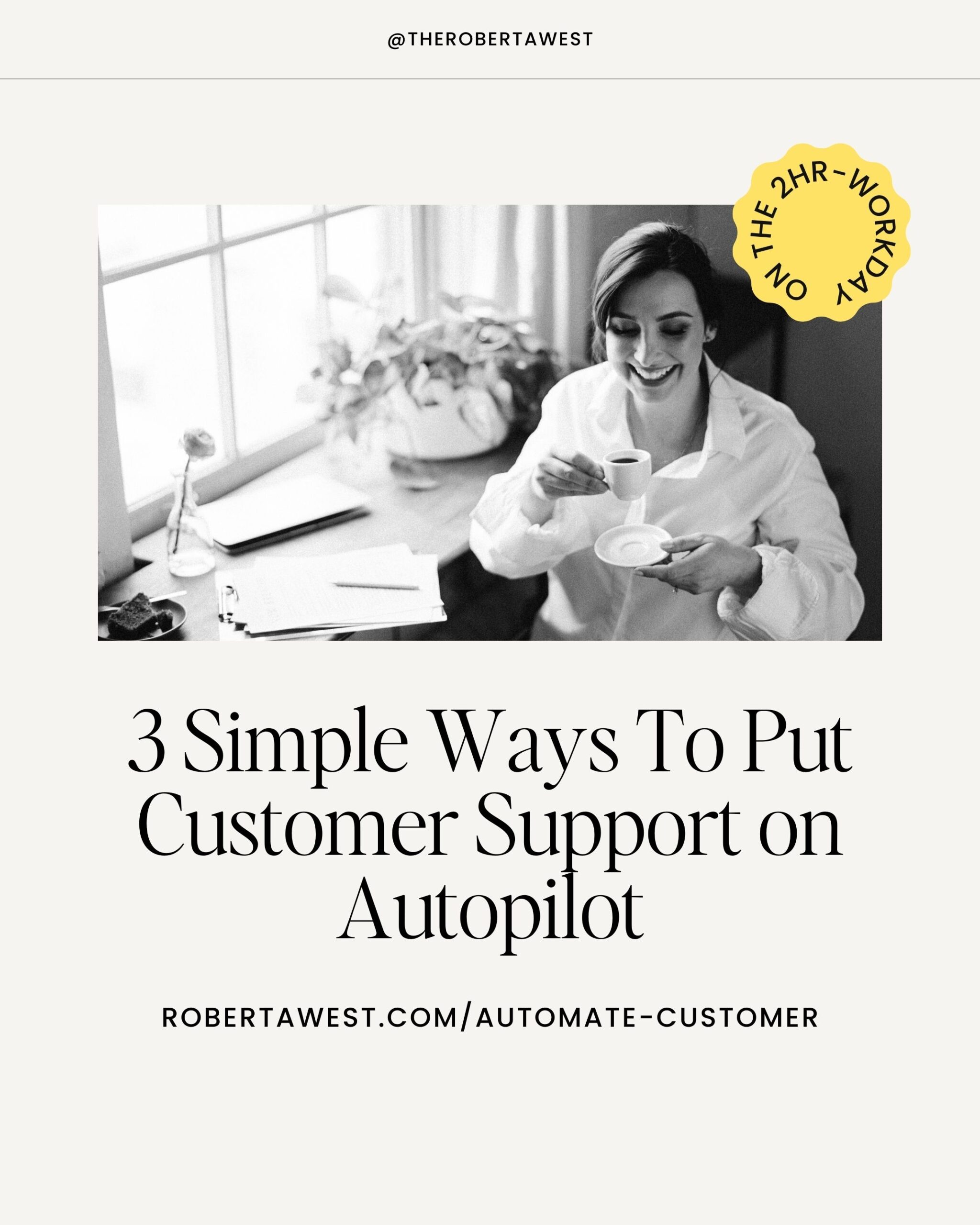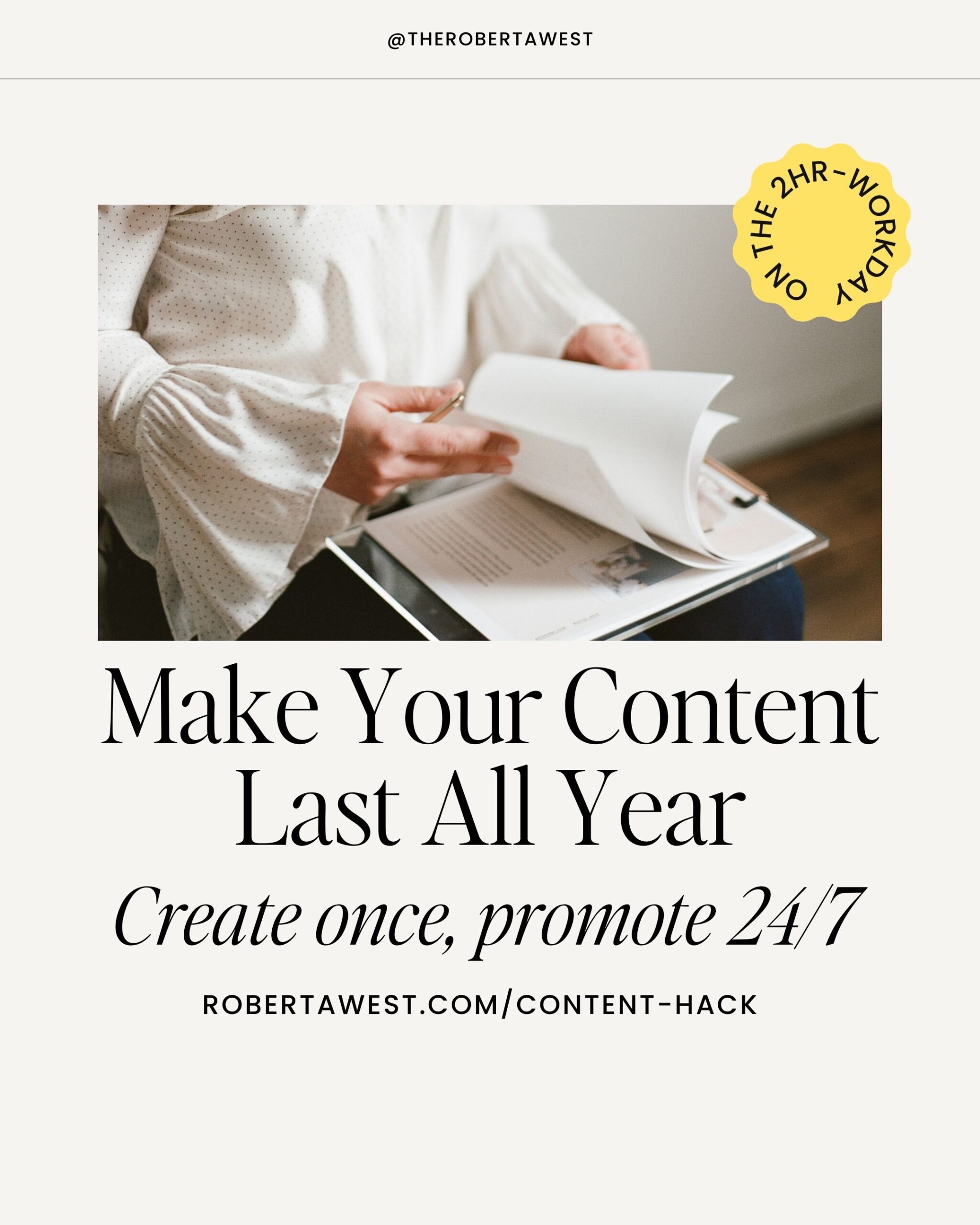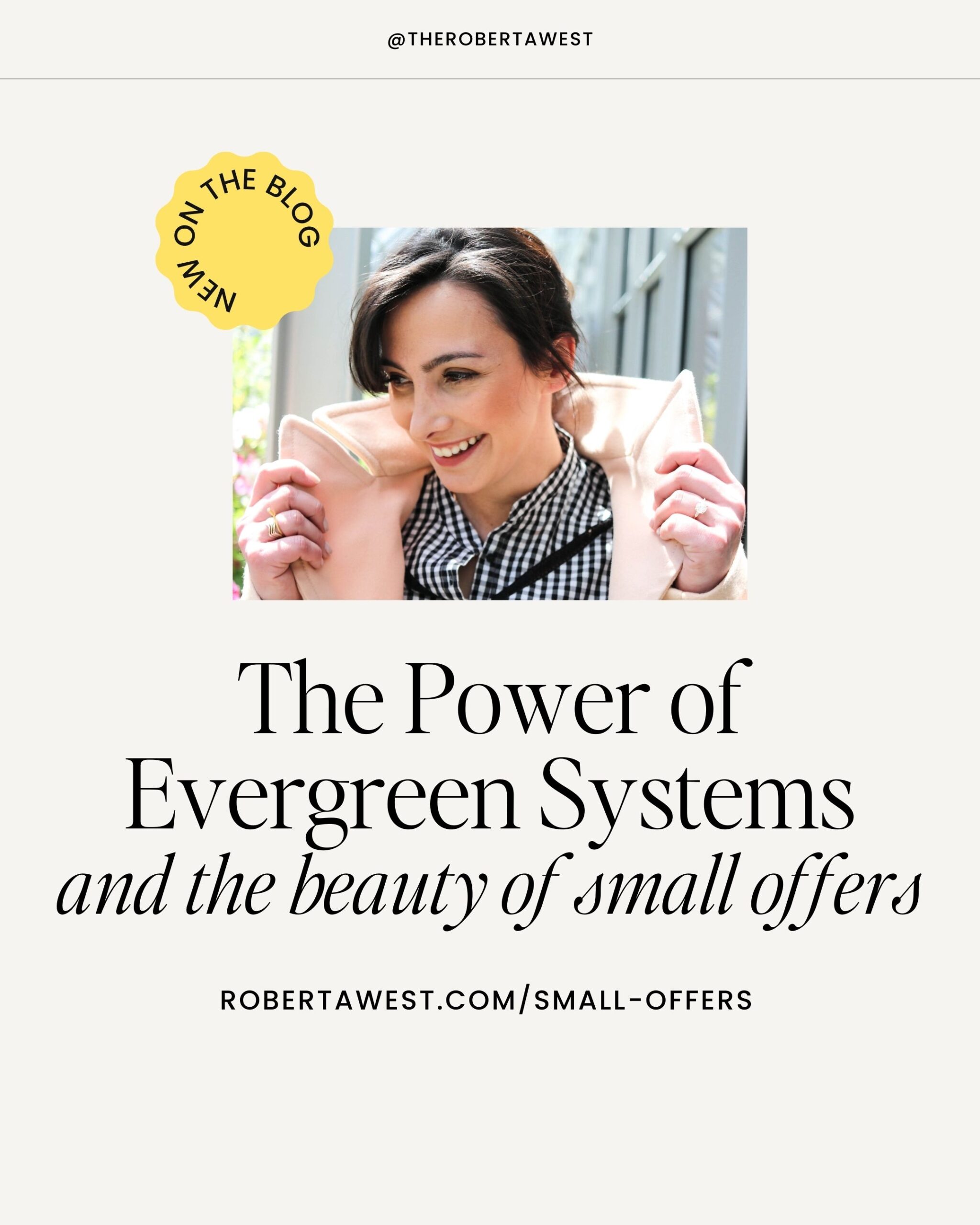Hey hey dear readers…Welcome to the second post created (mostly) by our AI Assistant – KAi ✨ ChatGPT wrote the tutorial below and I spiced it up to make it more relevant to YOU!
In later posts I’ll cover some of the more advanced strategies – so make sure you subscribe to the newsletter (bottom of this post, before the comments)
Let’s start…
WHAT'S GOOGLE ADS?
Google Ads™, formerly known as Google AdWords allows businesses of all sizes (including side-businesses and solopreneurs) to reach a wide audience and drive more traffic to their websites through SEARCH WORDS.
It helps you get in front of the people already searching for you and maximize Search Engine Marketing (SEM) efforts (who doesn’t want that?!).
When Should You Use Facebook vs. Google Ads
It’s very possible that you will need both for your digital business but as I always say – start with one, master it, then move to the next effort.
A super simple way to determine if you should use Meta™ ads (Facebook™ or Instagram™) or Google ads is to search for the EXACT PROBLEM YOU SOLVE.
So for example, Launch Plan in a Day is a launch planning system. The main keywords related to ‘PLANNING’ are: Launch Planning, Digital Course Planning, etc.
Not a lot of people are aware that they need to plan for their launches so Meta ads 🏆 are still over 90% of paid advertising for us.
In sum, if your people are ‘problem/solution aware’, Google ads can work really well for you.
If they don’t know how to solve the ‘problem’ then Meta ads tend to perform better as you can target people with similar interests (not the exact search).
Now that you know Google Ads is for you, let’s set them up in 2hr or less!
HOW TO SET UP YOUR FIRST GOOGLE ADS
Step 1: Create a Google Ads Account
The first step in setting up your Google Ads account is to create a Google account ( https://ads.google.com/ ). If you already have a Google account, you can simply sign in to your account and proceed to the Google Ads website. Once you're on the website, click on the “Start now” button to create your account.
Next, you will be prompted to provide some basic information about your business, including your business name, website URL, and contact information.
Be sure to provide accurate information, as this will be used to verify your account and ensure that your ads are delivered to the right audience.
Step 2: Set Up a Campaign
Once your account is set up, you can create your first campaign. To do this, click on the “Campaigns” tab in the top navigation menu and select “New campaign.” You will then be prompted to choose a campaign type.
Google Ads offers several types of campaigns, including:
Search Campaigns:
These campaigns allow you to place ads on the search results pages of Google and its search partners. Search campaigns are great for businesses that want to drive more traffic to their websites and reach customers who are actively searching for products or services like theirs.
Display Campaigns:
These campaigns allow you to place ads on the display network of Google and its partners. The display network includes a wide range of websites, apps, and videos that reach over 90% of internet users worldwide. Display campaigns are great for businesses that want to reach a wider audience and build brand awareness.
Video Campaigns:
These campaigns allow you to place video ads on YouTube and the Google Display Network. Video campaigns are great for businesses that want to reach a younger, more engaged audience and build brand awareness.
Shopping Campaigns:
These campaigns allow you to place ads on the Google Shopping search results pages. Shopping campaigns are great for businesses that sell physical products and want to reach customers who are actively searching for products like theirs.
App Campaigns:
These campaigns allow you to promote your mobile app across Google's network. App campaigns are great for businesses that have a mobile app and want to reach more people to install it.
Select the type of campaign that best suits your business goals. For example, if you want to reach people who are actively searching for products or services similar to yours, you would choose the “Search” campaign type.
After selecting the campaign type, you can set your budget and schedule for your campaign.
Step 3: Set Your Campaign Goals and Budget
Once you’ve selected the type of campaign you want to create, you’ll be prompted to set your campaign goals and budget. Google Ads allows you to set a daily budget or a total budget for your campaign.
You can also set goals for your campaign, such as increasing website traffic, generating leads, or increasing sales.
It is important to set a realistic budget for your campaign, and make sure it aligns with your business objectives.
Keep in mind that the cost per click (CPC) can vary depending on the industry, competition, and targeting options you choose. To help you manage your costs, Google Ads also offers several bid strategies, such as target cost per acquisition (CPA), enhanced cost per click (ECPC), and maximize conversions.
Quick Note: We’ll dive deeper into optimization in later issues of this newsletter 🙂
Step 4: Select Your Target Audience
The next step in creating a Google Ads campaign is to select your target audience. Google Ads allows you to target specific demographics, such as age, gender, location, and language.
You can also target specific keywords and interests, which will help you reach the right people.
Step 5: Create Your Ad Groups and Ads
Once your campaign is set up, it's time to create ad groups and ads. An ad group is a collection of ads that share the same targeting options. Each ad group can have one or more ads, and you can use different ad groups to test different messages and targeting options.
To create an ad group, navigate to the “Ad groups” tab in the campaign and select “New ad group.” You'll then be prompted to provide a name for your ad group and set your targeting options.
Once your ad group is set up, you can create your ads.
This is where you’ll create the actual ad that will be displayed on Google and its network. You can create text, image, or video ads.
Use catchy headlines, persuasive copy, and eye-catching images to grab the attention of your target audience.
When creating your ad, it’s important to keep in mind the ad format and ad placement.
For example, search ads typically have a headline, two lines of description, and a display URL. Display ads, on the other hand, can be in various sizes and formats, such as image, video, and carousel.
Additionally, you should make sure that your ad is mobile-friendly and responsive, as more and more people are accessing the internet on their mobile devices.
Google also provides a new feature called “Responsive Search Ads” that automatically optimizes your ad to improve performance and reach more customers.
Step 6: Set up Your Billing
Once you’ve created your ad, you’ll need to set up your billing information. Google Ads accepts payments via credit or debit card, or you can link your Google Ads account to an existing billing account. Additionally, Google Ads provides the option for automatic payments, which is a great way to make sure your campaigns never run out of budget.
Step 7: Launch Your Campaign
After you’ve completed these steps, you can launch your campaign and start reaching new customers. Google Ads will provide you with detailed reports and analytics, so you can track the performance of your campaign and make adjustments as needed.
You can also use Google's conversion tracking feature to track specific actions that people take on your website, such as making a purchase or registering for your webinar. This will help you understand how well your ads are performing and make data-driven decisions about your campaign.
Best Practices to Optimize Your Google Ads
Once your ads are live, it's important to monitor their performance and make adjustments as needed. Google Ads provides a variety of tools and metrics to help you track your ad's performance, including clicks, impressions, and conversion rates.
To optimize your ads, you can try different targeting options and ad copy to see what resonates with your audience. You can also use split-testing to test different versions of your ads and see which one performs the best.
Another important aspect of optimizing your ads is to be mindful of your keywords. Make sure you are using the right keywords in your ads so that they are reaching the right audience. Use keyword research tools like Google Keyword Planner to find the right keywords for your ads.
Measuring Your Results and Understanding Metrics
Google Ads provides a variety of metrics to help you track the performance of your ads and campaigns. Some of the most important metrics to monitor include:
- Clicks: The number of times your ad has been clicked on by users.
- Impressions: The number of times your ad has been displayed to users.
- Click-Through Rate (CTR): The percentage of times your ad has been clicked on out of the total number of times it has been displayed (calculated by dividing clicks by impressions).
- Cost-per-click (CPC): The average amount you pay each time your ad is clicked on.
- Conversion Rate: The percentage of users who clicked on your ad and completed a desired action (such as making a purchase or filling out a form).
By monitoring these metrics and understanding how they relate to your campaign goals, you can make informed decisions about how to optimize your ads and improve their performance.
Google Ads for Digital Programs
Setting up a Google Ads campaign can seem daunting at first, but by following the steps outlined in this guide, you should be able to create a campaign that is tailored to your business goals and reaches your target audience.
Remember to be patient and persistent, as it may take some time to see results.
Keep monitoring your campaign's performance and make adjustments as needed. With a little bit of effort and some testing, you can achieve your desired results by using Google Ads as a platform for your business.
A few best practices to keep in mind:
Use targeted keywords
Make sure your ads include relevant keywords that your target audience is searching for. For example, if you offer a digital marketing course, include keywords such as “digital marketing course,” “online marketing course,” “SEO course,” and so on.
Highlight the benefits
Emphasize the benefits of your course in your ad copy. For example, you could mention that your course offers proven results, templates, easy-to-follow video lessons, etc.
Use ad extensions
Ad extensions can help your ads stand out and provide more information to potential customers. For digital courses, consider using URLs that direct people to specific pages on your website, callout extensions that highlight the unique features of your course, and review extensions that showcase positive feedback from previous students.
Target the right audience
Use Google Ads' targeting options to reach the right audience for your course. You can target people based on their interests, demographics, location, and more.
Use clear and concise language
Make sure your ad copy is easy to read and understand. Use clear and concise language, and avoid jargon or technical terms that your target audience may not be familiar with.
Written with AI 🖤 and me!
Hope you liked the second post written with ChatGPT!
To make it even easier for you to create your first Google ad, I asked KAI to write a few optimized Google Ads, especially for you
Subscribe to the newsletter to get all the done-for-you goodies 👇





Fantastically informative. Thank you Roberta and ChatGPT!!
KAI said ‘thanks’ and now I wanna build a way to connect comments with ChatGPT so you guys can talk 😂
What else do you wanna see in the blog?